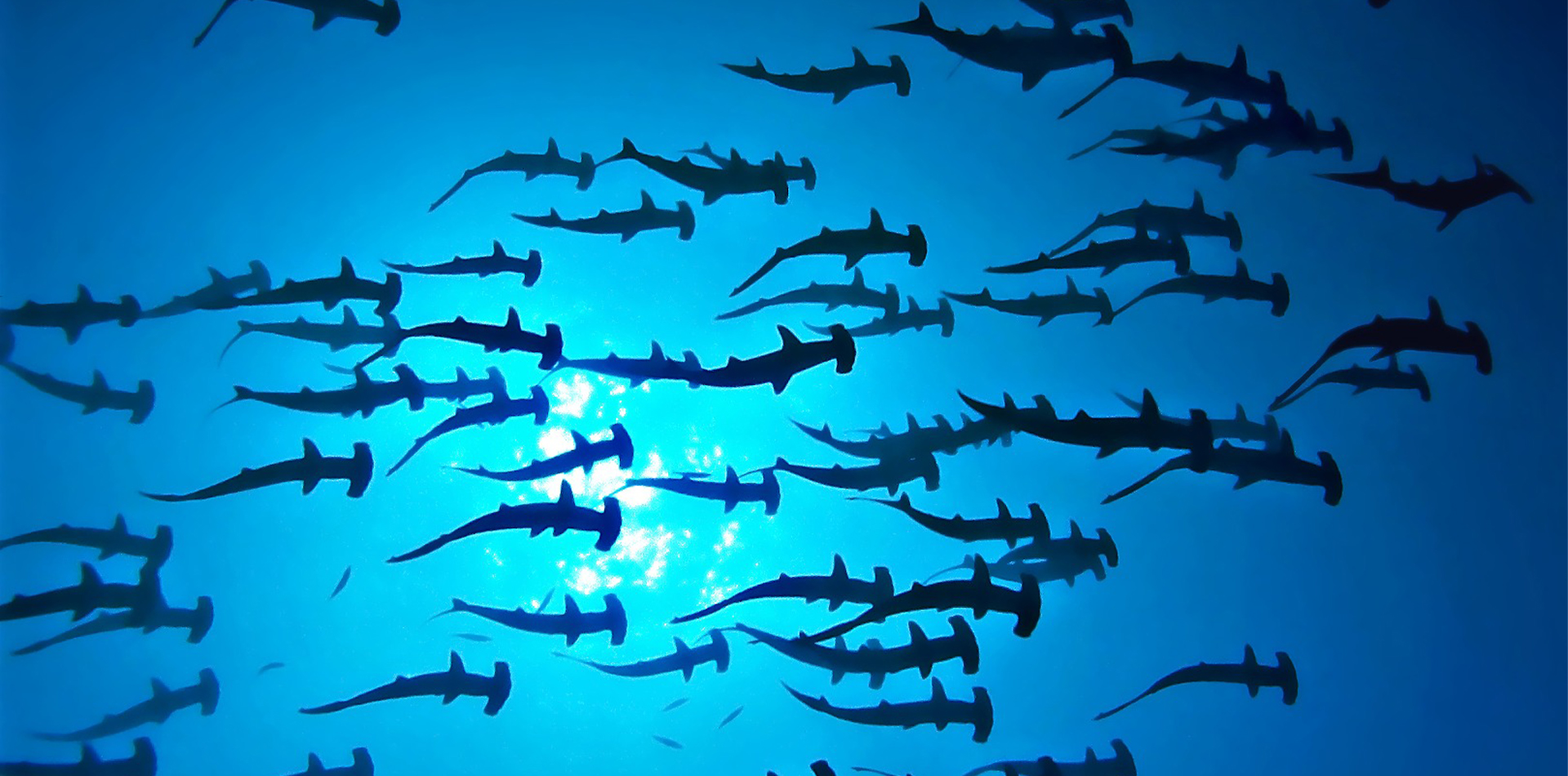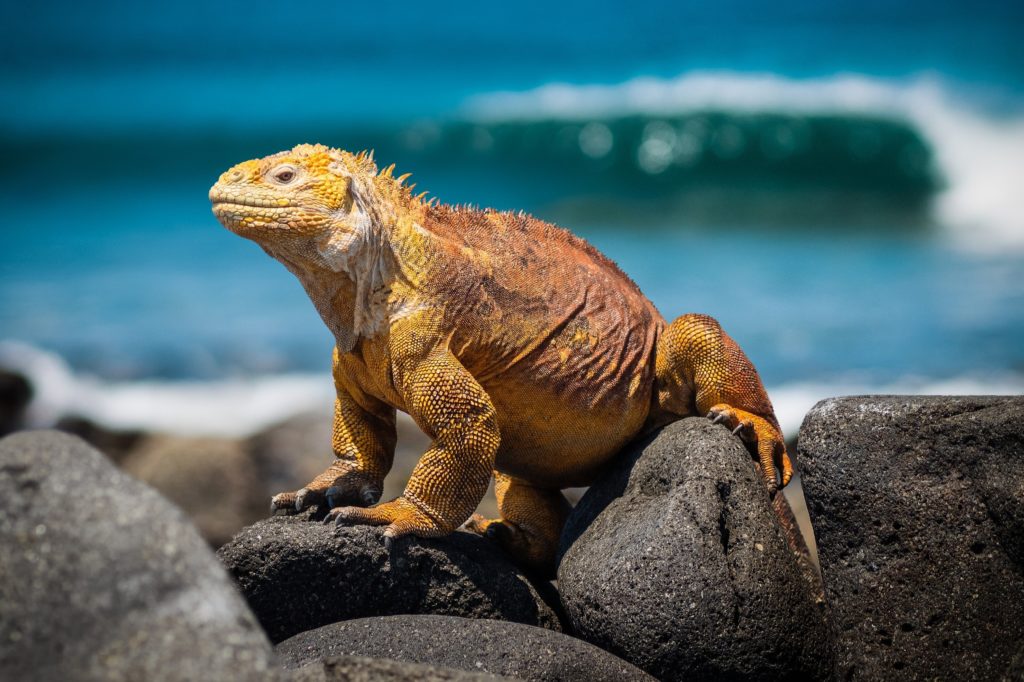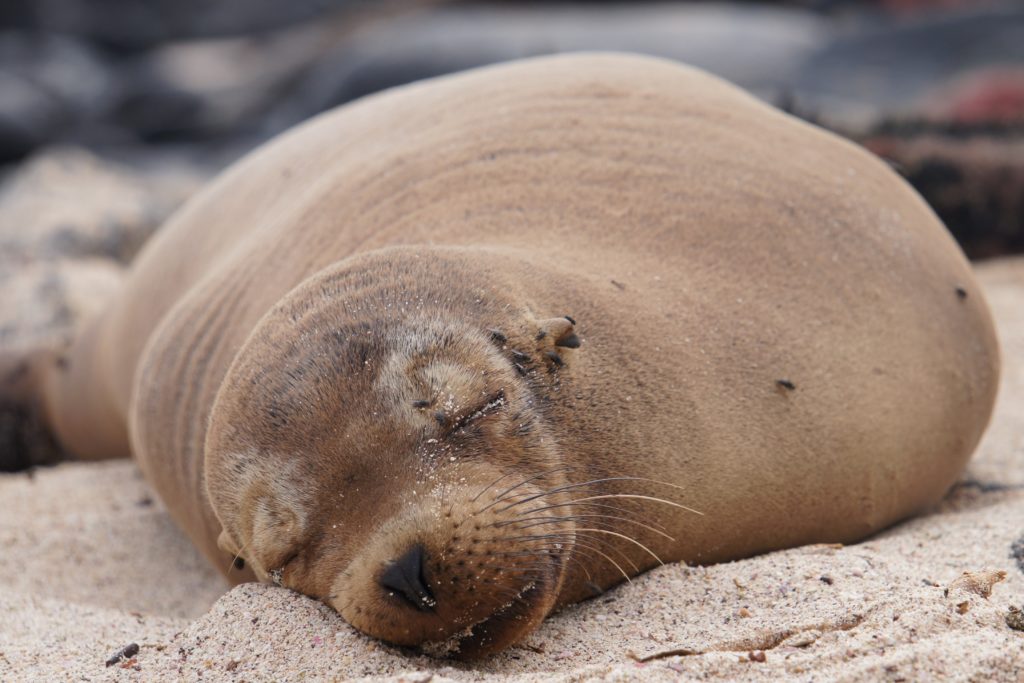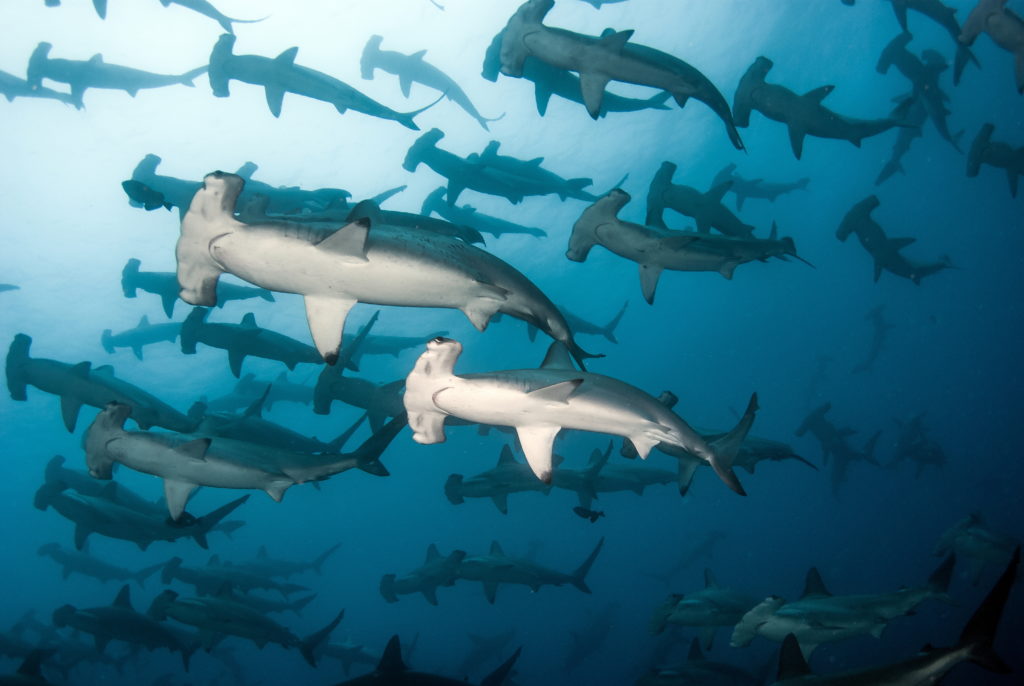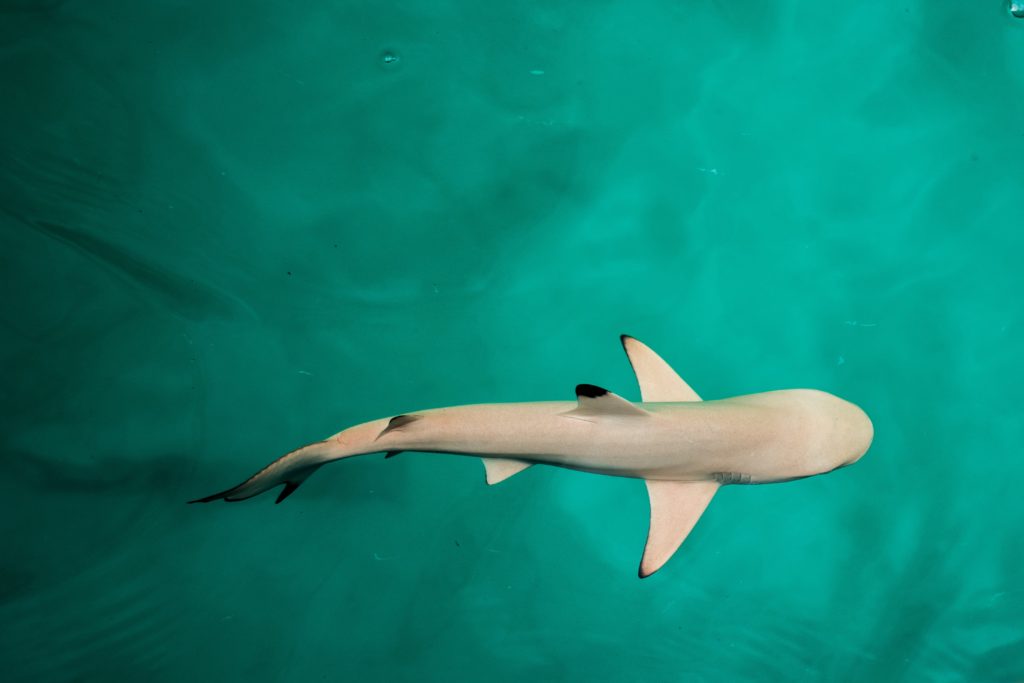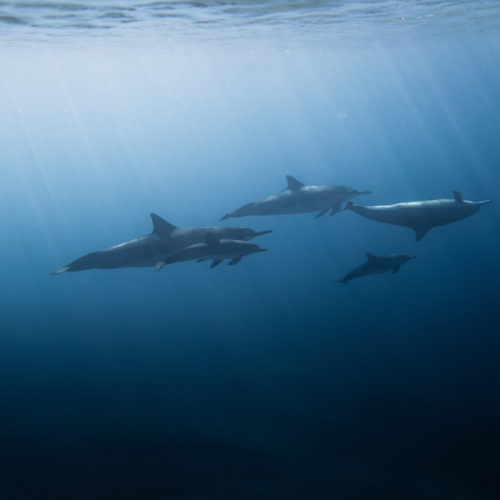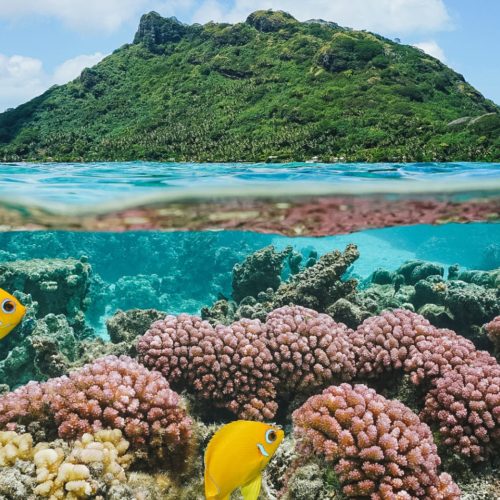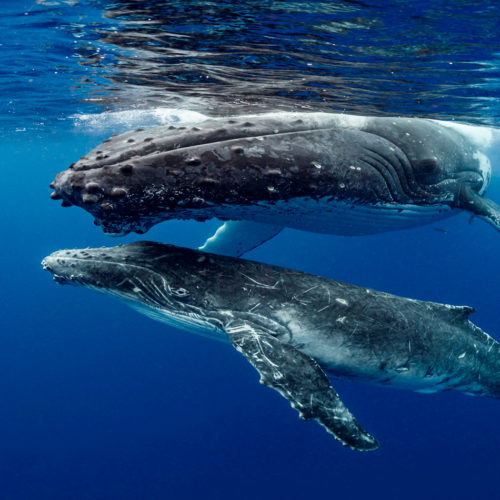The Galapagos Marine Protected Area
Heralded as a ‘living museum and a showcase of evolution’, the Galapagos islands comprise a chain of 19 volcanic islands situated 1000 kilometres off the South American coast. The oceanic archipelago is placed at the confluence of three different ocean currents, that, in combination with the extreme isolation make for the most unusual and rich animal life on the planet.
Due to its impressive biodiversity (the Galapagos is home to over 3000 marine species), it has been a designated Marine Protected Area (MPA) since 1998 to preserve this one-of-a-kind ecosystem. This marine reserve encompasses more than 130,000 square metres of protected habitats ranging from coral reefs to wetlands and is a no-take fishing zone within its boundaries.
In recent times the encroachment of industrial fishing fleets has taken advantage of the overspill from the MPA. This has led to calls for expansion of the boundary to include more migratory and transient species within the protected area such as shark populations.



